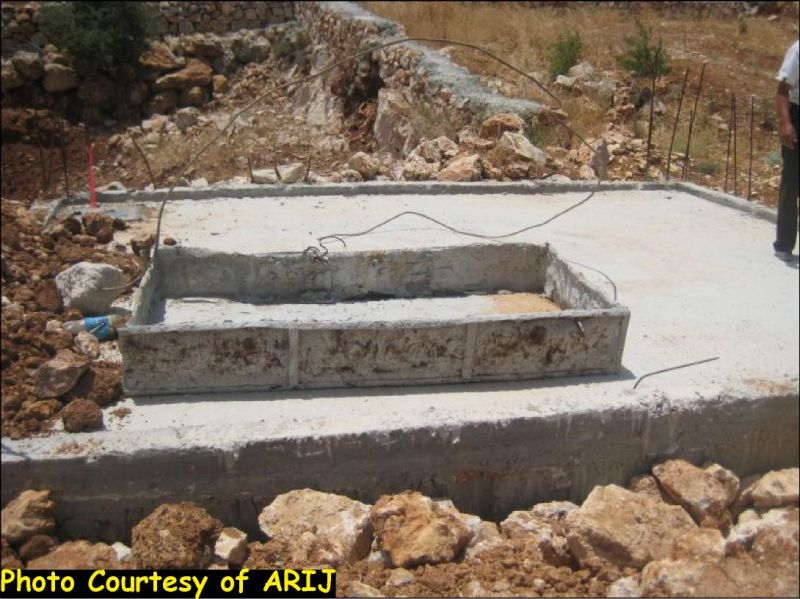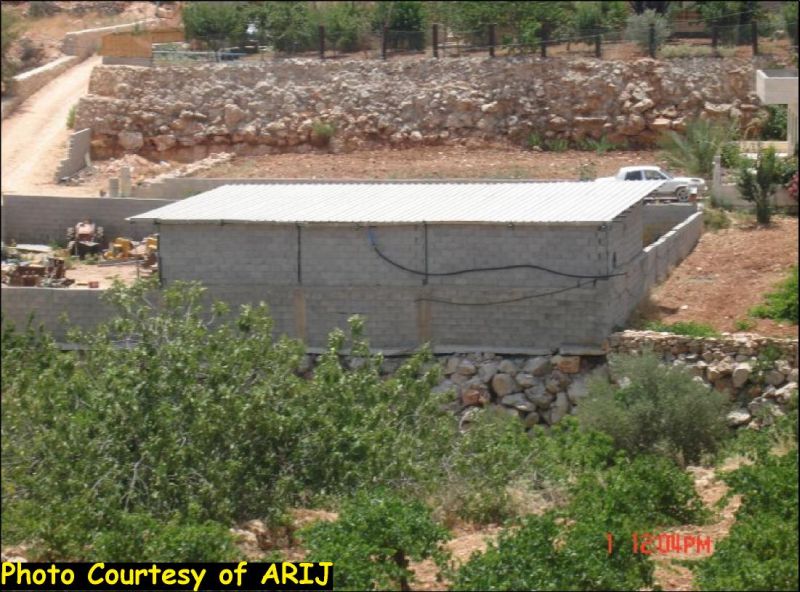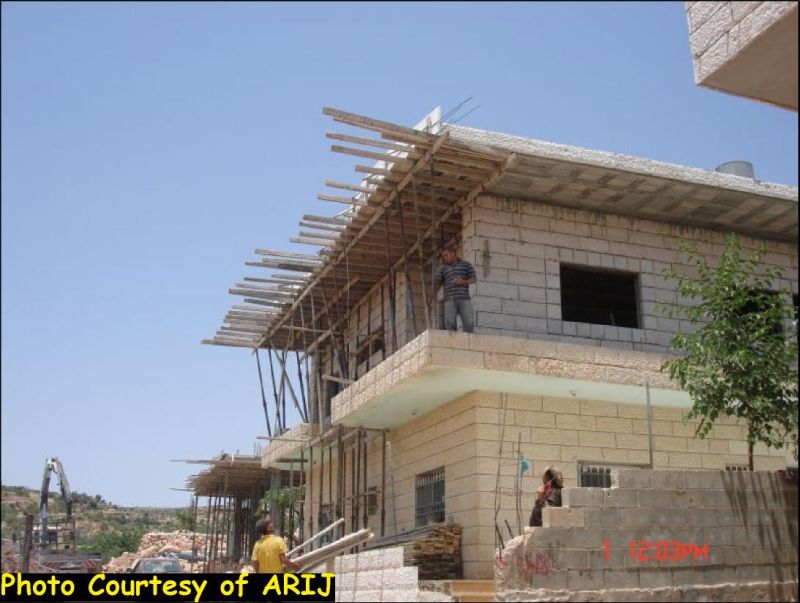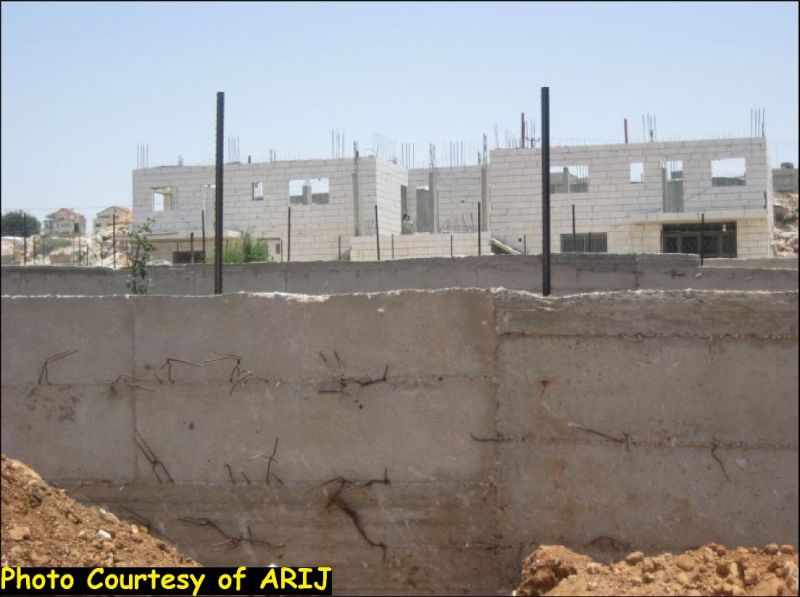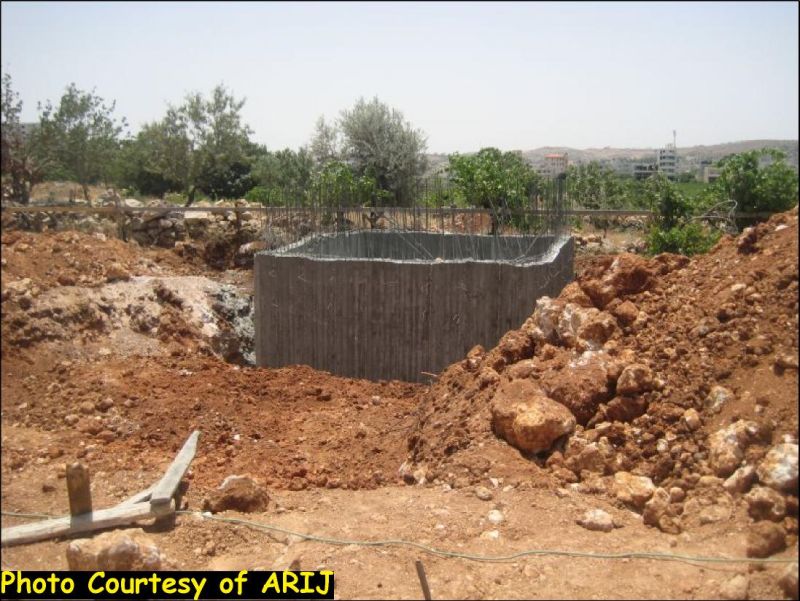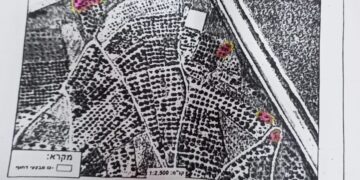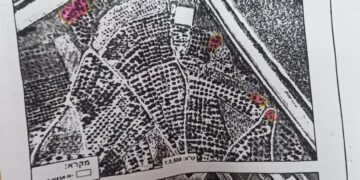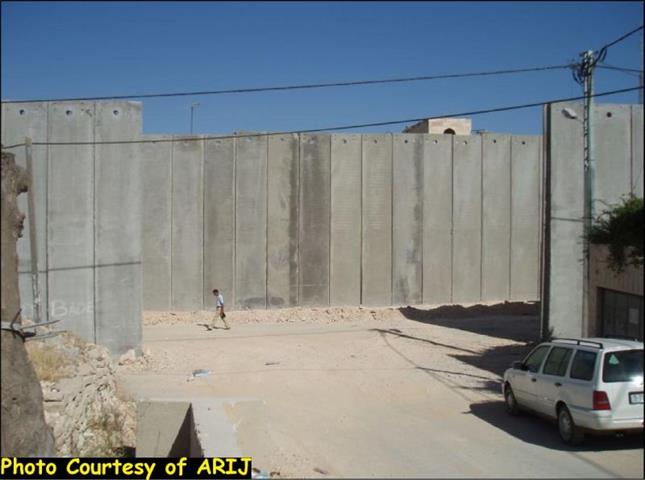|
Owner�s Name
|
Description of the threatened structures
|
Area- Square Meter
|
Building Date
|
|
Ramzi Mustapha Salah
|
Under-construction house
|
150
|
2009
|
|
Miriam Isma�eel Mousa
|
Agriculture Well
|
**
|
2009
|
|
Issa Mohammad Salah
|
Inhabited House
|
120
|
2008
|
|
Omar Abdel Salam
|
Inhabited House
|
100
|
2007
|
|
Khalid Abdel Salam
|
Agriculture Well
|
**
|
2009
|
|
Bilal Abdel Salam
|
Inhabited House
|
120
|
2008
|
|
Ibrahim Ghneim
|
Agriculture Well
|
**
|
2009
|
|
Mohammad Saleh Abdel Salam
|
Agriculture Well
|
**
|
2009
|
|
Hisham Mustapha Salah
|
Under-construction house
|
200
|
2009
|
|
Muafaq Hassan Abu Surra
|
Under-construction house
|
200
|
2009
|
|
Munther Yousef Salah
|
Inhabited House
|
200
|
2006
|
|
Mohammad Ahmad Salah
|
Stockyard
|
150
|
2008
|
|
Mohammad Mustapha �Omran
|
|
90
|
2004
|
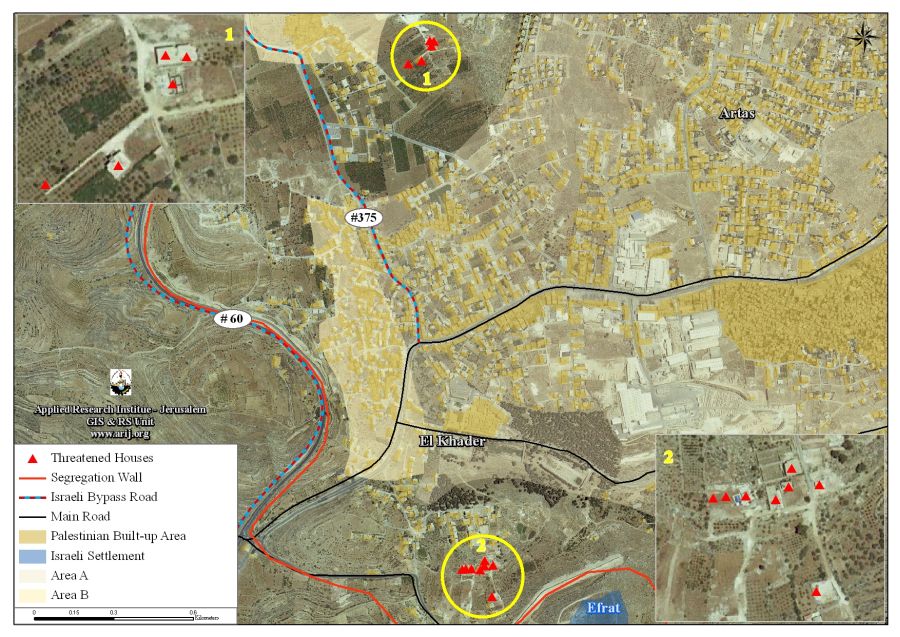
-
Article 147 of the Fourth Geneva Convention indicated that: Extensive destruction and appropriation of property not justified by military necessity and carried out unlawfully and wantonly, is a grave breach of the Convention.
-
Also Article 53 of the same convention provides that ‘any destruction by the Occupying power of real or personal property belonging individually or collectively to private persons, or to the State, or other public authorities or social or cooperative organizations is prohibited, except where such destruction is rendered absolutely necessary by military operations.
-
Article 23 of the Hague Convention of 1907 also provide: In addition to the prohibitions provided by special Conventions, it is especially forbidden to destroy or seize the enemy’s property, unless such destruction or seizure be imperatively demanded by the necessities of war;
-
Moreover, the Universal Declaration of Human Rights adopted and proclaimed by General Assembly resolution 217 A (III) of, December 10, 1948, Article 17 reads: ‘No one shall be arbitrarily deprived of his property.’ Which means it bans Israel from destroying or confiscating the property of the Palestinians at any case.
The Applied Reserach Institute – Jerusalem






